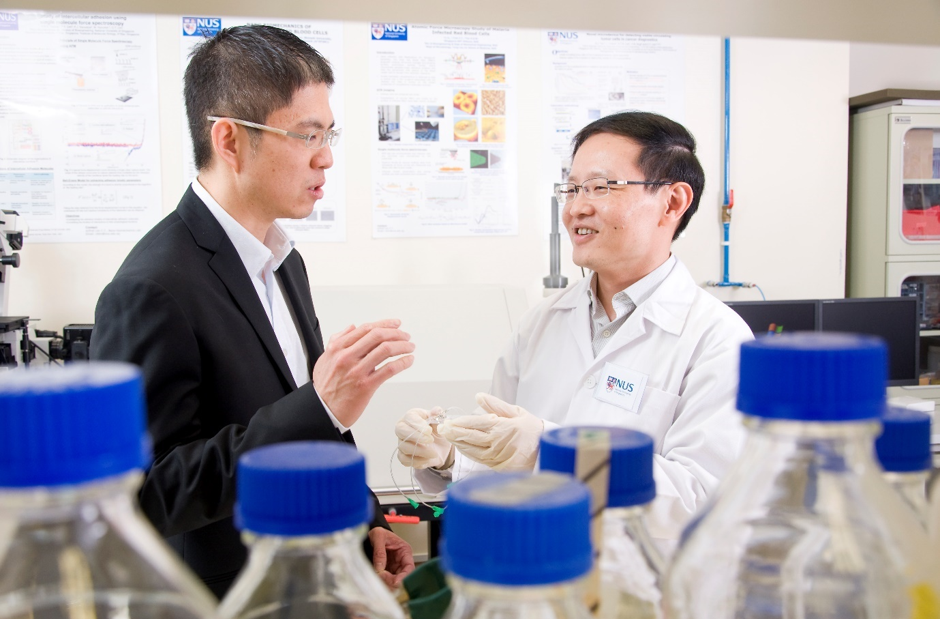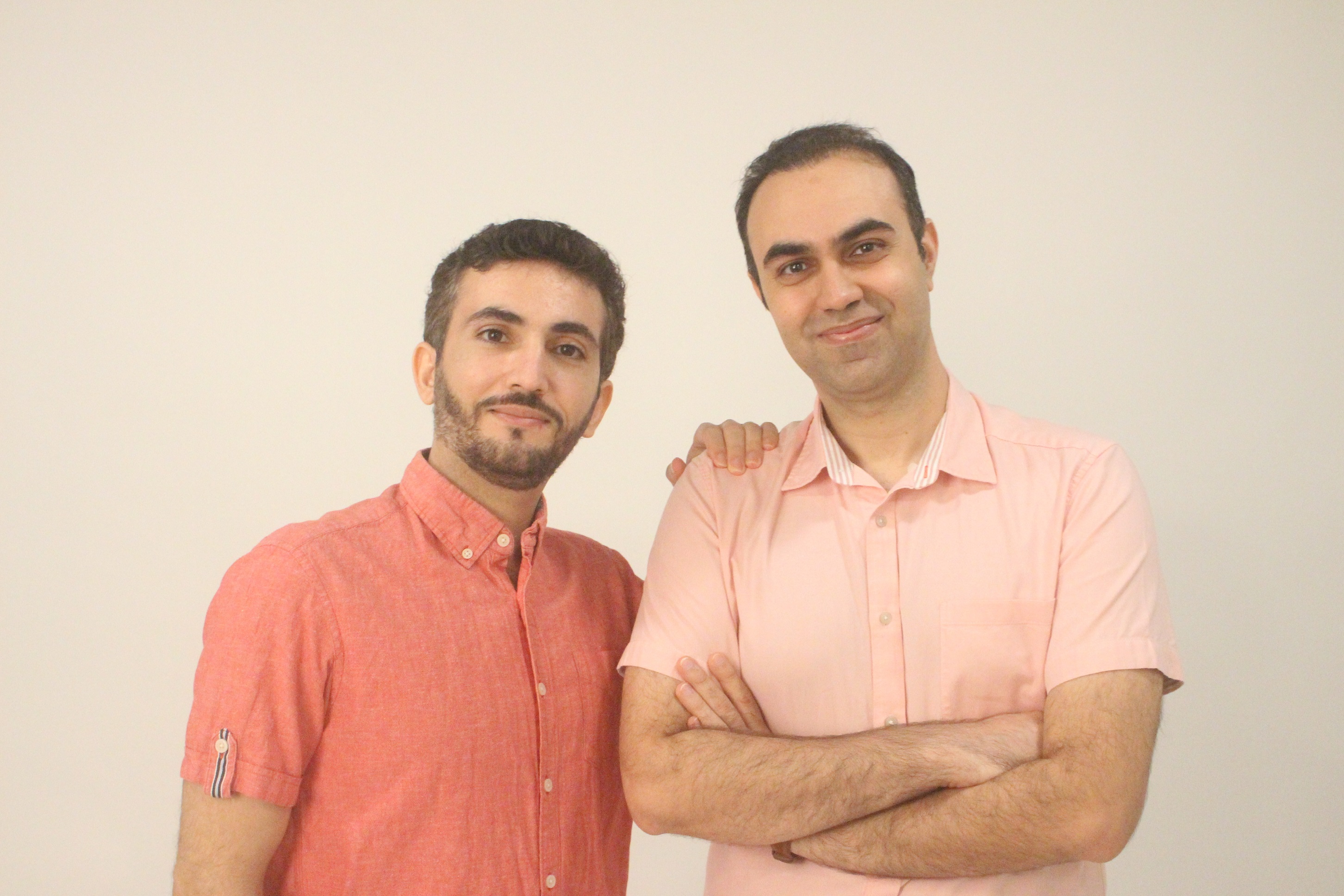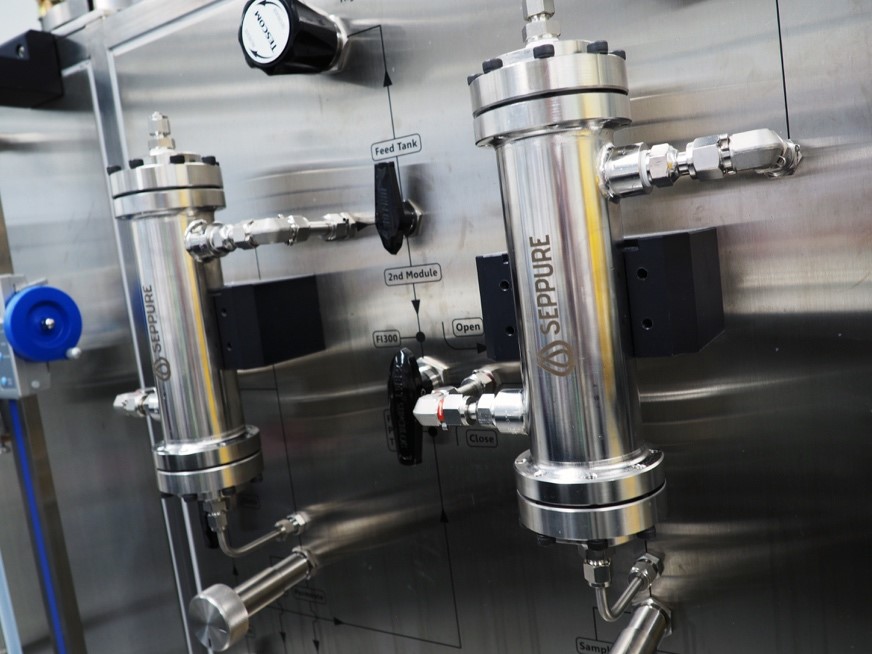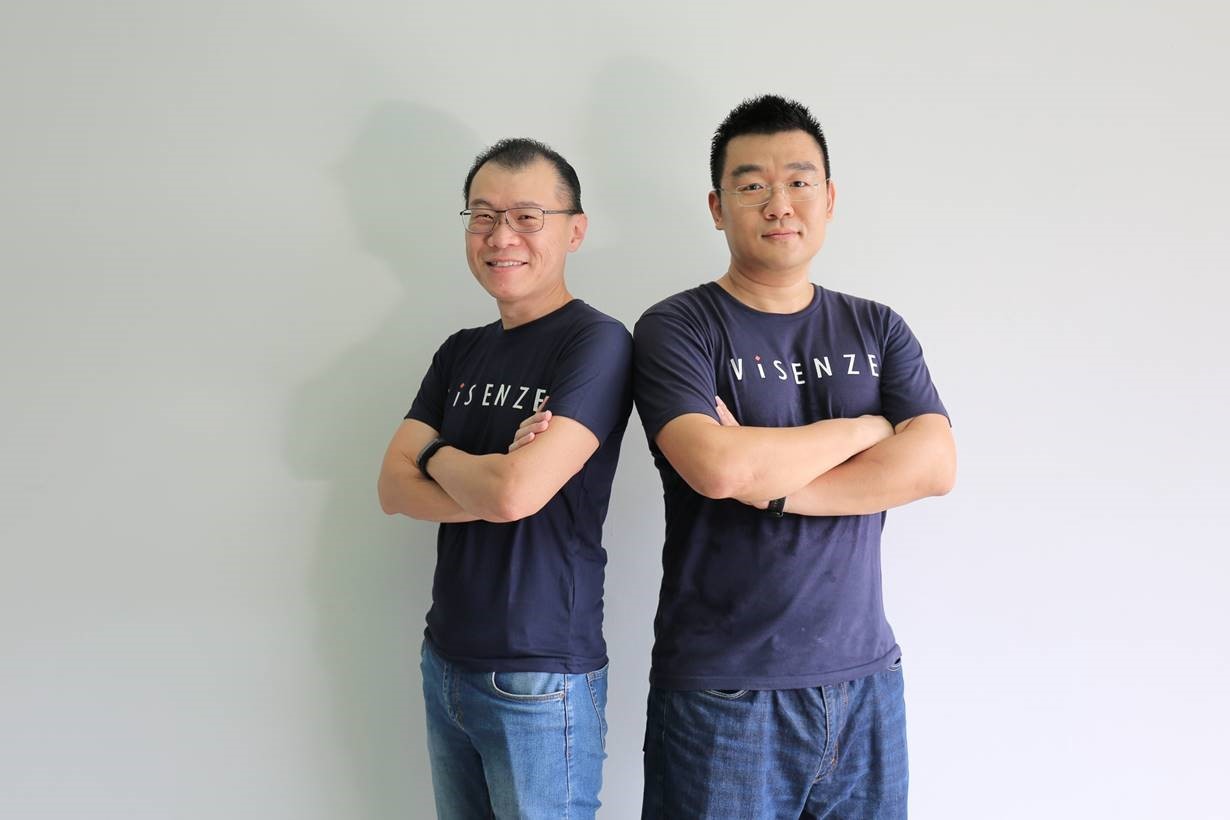
Liquid Biopsies for Improved Cancer Screening, Diagnosis, Monitoring and Treatment Management
With the rising global incidence of cancer, and the growing trend for personalised medicine, two University friends came together to commercialise a technology from the NUS Faculty of Engineering into a device that is now improving the way cancer is being managed.
In 2009, entrepreneur Johnson Chen re-connected with Prof Lim Chwee Teck, who he had originally met while both were studying at the University of Cambridge. Prof Lim and his team at the NUS Department of Biomedical Engineering were developing a microfluidic biochip that could detect, isolate and capture wholly-intact circulating tumour cells (CTCs). These are cells that have shed from a primary tumour and move into the blood circulation. When extracted and examined, these CTCs can provide valuable information for cancer diagnosis and prognosis.
Seeing the strong commercialisation potential of this technology, Johnson and Chwee Teck decided to spin off a company and bring this technology to market. They set up Biolidics Limited (originally known as Clearbridge Biomedics), which focused on developing the lab prototypes into commercially-ready products, paving the way for the ClearCell FX1® System. This is a real-time, non-invasive device that together with the single-use CTChip® FR conducts liquid biopsies. When a patient’s blood sample is fed into the system, the CTCs are separated and isolated using inertial focusing spiral microfluidics. As CTCs are larger and stiffer than other blood cells, their biomechanical property differences allow them to be channelled into an enriched CTC stream. This separation system is label-free, so the retrieved CTCs are intact and viable, and can be used for downstream molecular analysis, providing further information on a tumour, which can be used for cancer screening, diagnosis, monitoring and personalised therapy management. However, there were numerous challenges in developing their platform system. They needed to interact frequently with clinicians to better understand their needs and what information they wanted to get out of using the technology.
“With assistance from NUS Industry Liaison Office in terms of technology transfer support and IP protection, we licensed and spun off the microfluidic technology into Clearbridge Biomedics. During the early days, the product was constantly evolving, needing technology refinements and improvements, so backing from NUS was critical,” said Johnson Chen, Co-founder of Biolidics Limited.
Biolidics also received backing from the financial community, receiving investment from Tim Draper (of Draper Fisher Jurvetson) in 2011, and closing a S$9 million Series B round, led by Vertex Venture Holdings in 2013. These funds helped Biolidics bring its flagship product to market.
In 2011, Biolidics first launched the ClearCell CX® System for the cancer research market, quickly gaining a strong customer base across Asia, Europe and the U.S. Subsequently, after achieving ISO13485 certification, Biolidics launched its next generation ClearCell FX® System for clinical applications in 2014. In 2018, Biolidics was listed on the Singapore stock exchange.
“The ClearCell FX1® System is now just one part of several other products and services that we offer to our customers, to enable liquid biopsy and the capturing and analysis of circulating biomarkers. We aim to bring clarity to cancer, by allowing each and every patient to benefit from timely, tailored treatment. Real-time monitoring of a patient’s CTCs allows clinicians to develop the best treatment at the right time. By matching treatment to the patient, they benefit from optimal treatment outcomes, with fewer negative side-effects and lower costs,” said Johnson Chen.
Success Stories

How Allozymes Engineers the Right…
When you eat a slice of cheese, drink a pint of beer or even wear your…

SEPPURE Nanofiltration Technology =…
Did you know—the energy required to separate and distil chemical mixtures used…

Empowering Search
Imagine walking down the street and spotting someone wearing an incredible…